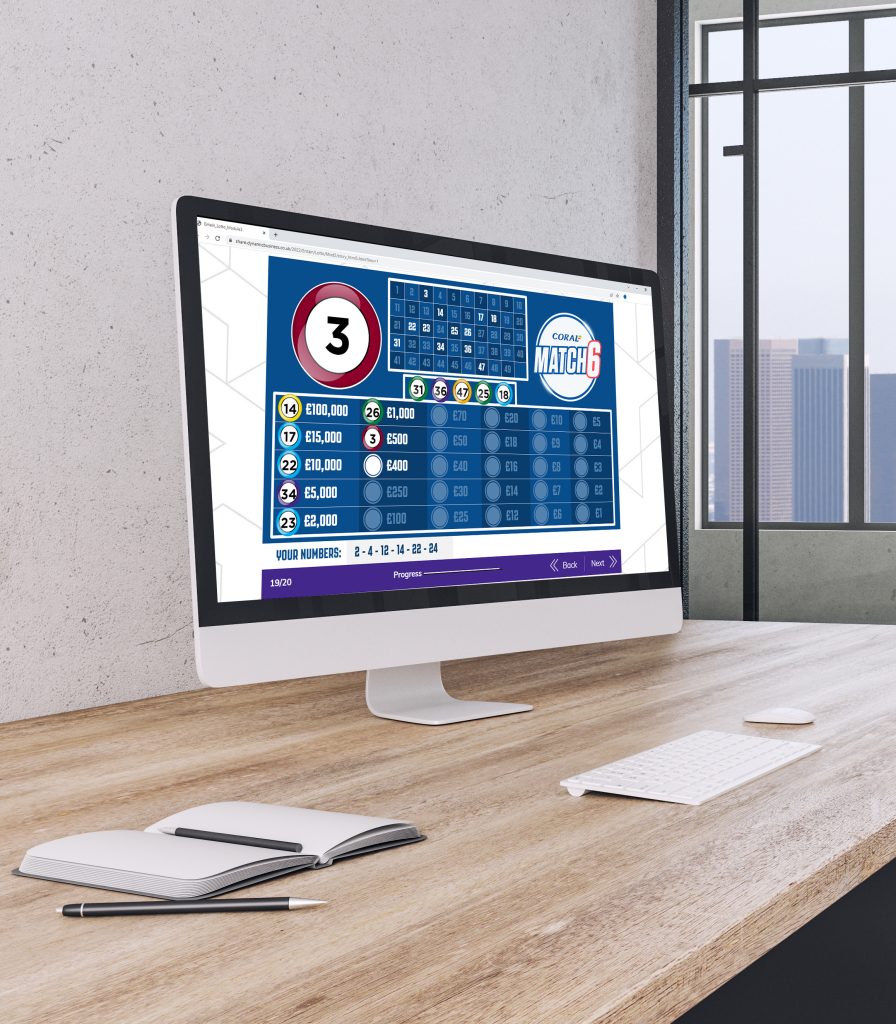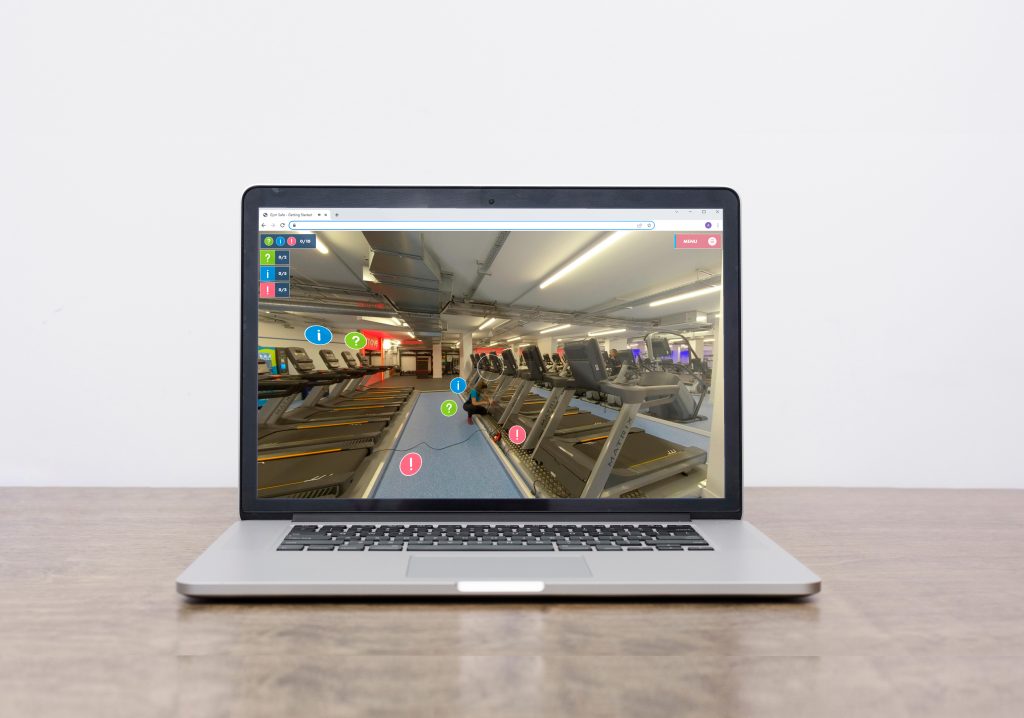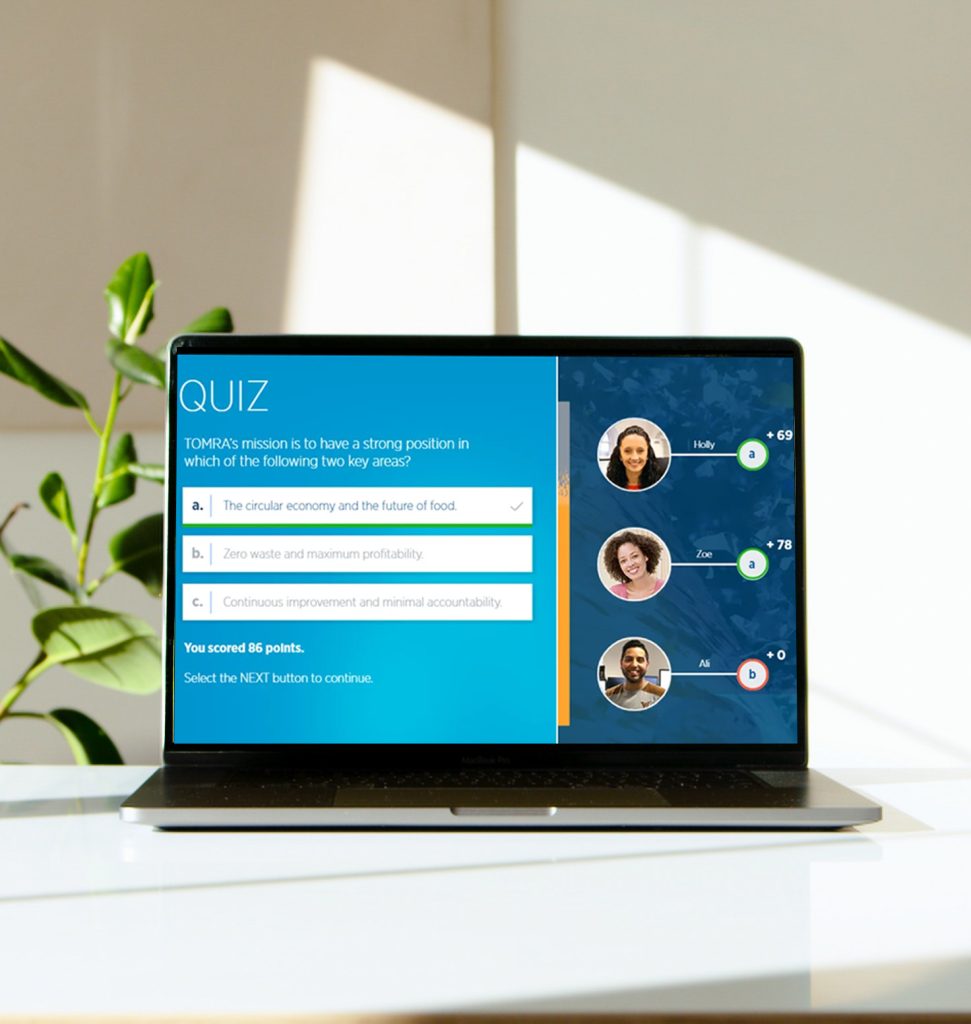We’ve never had it so good
In fact, we’ve never had more resources available to make your courses exciting, engaging and, most importantly, effective.
You have the biggest, most varied education toolkit at your pedagogic fingertips. But where do you start? How should you construct your course to truly inspire your audience and make sure they’re with you right until the end?
Having been integral to the implementation of thousands of online learning courses, we know what works. We’ve seen the data. And it only seems fair that we share this wisdom with you.











